The salamander research conducted here at RMBL is fascinating because it takes place at Mexican Cut Preserve, which is one of the highest areas (11,200 feet) in the world where salamanders are found and also the highest land in the world protected by Nature Conservancy. The alpine ponds on Galena Mountain that house these salamanders were carved by glaciers a long time ago.
Mexican Cut Preserve
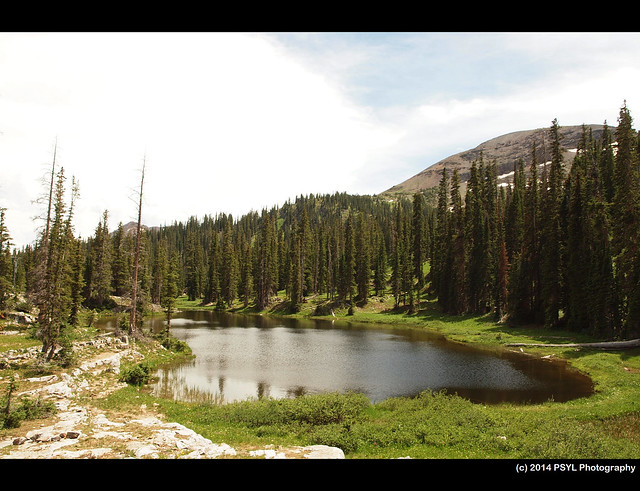
Pond #1, where we caught and processed 179 salamanders on that day.

Spectacular view from Galena Mountain.
You first ascend up through conifer forests, but eventually the forests give way to a glacial cirque with amazing rocky formations and alpine ponds.

Pond #1, where we caught and processed 179 salamanders on that day.

Spectacular view from Galena Mountain.
We were only allowed to catch salamanders from the side of the pond with long-poled nets and we tried not to disturb/get any benthic substrates as we were collecting them.
Dr. Whiteman at work too.
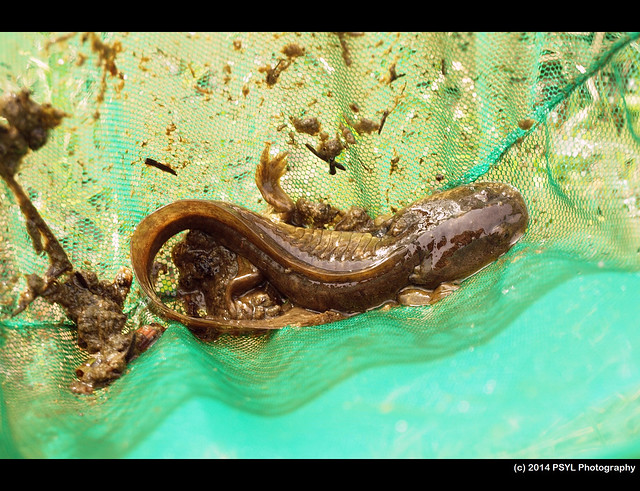
The first salamander I caught!
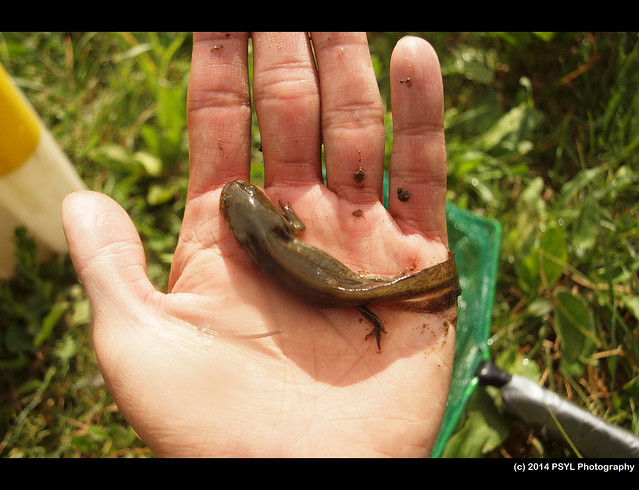
One of the young salamanders that I caught (probably a 2nd-year).

The first salamander I caught!

One of the young salamanders that I caught (probably a 2nd-year).
There is a salamander in this photo, can you spot it?
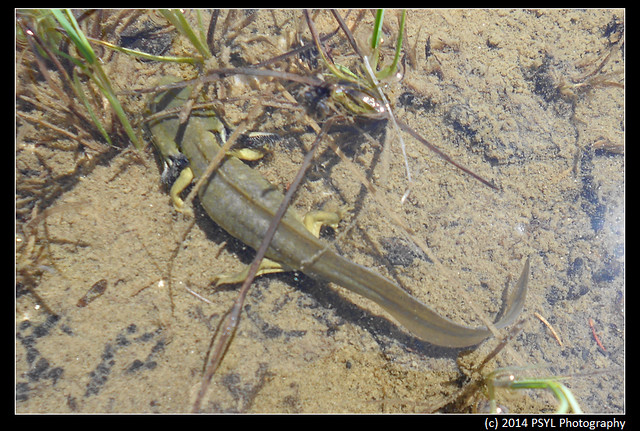
Most salamanders are beyond the reach of the nets, and some quickly swim away from their hiding spots when they sense us stepping onto the edge of the pond. But then some could care less and could be captured more easily.
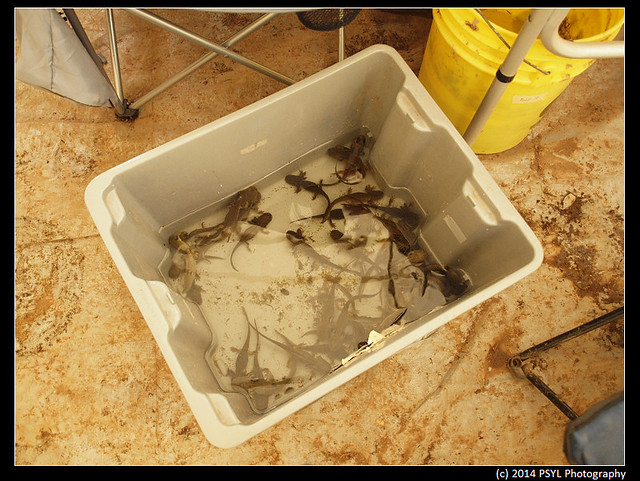
Some of the 179 individuals that were already processed, e.g., various morphological measurements and/or pit-tagging.
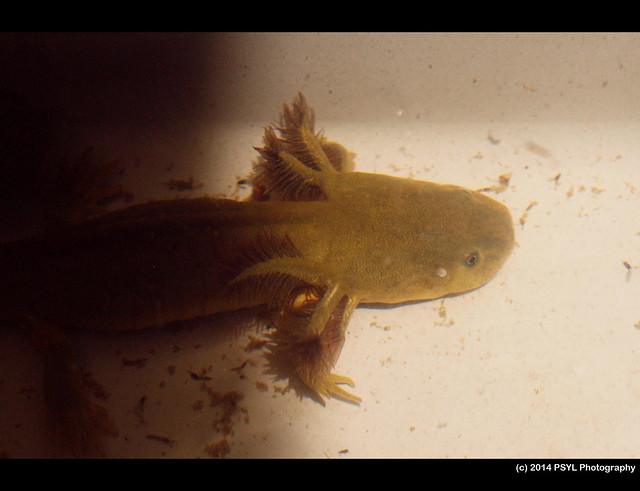
The species itself is very interesting because the adults are dimorphic depending on the environmental conditions that they experienced as a larva; therefore, some adults retain gills at the adult stage (paedomorphs) versus others that completely metamorphosed into adults suitable for terrestrial environments (metamorphs).
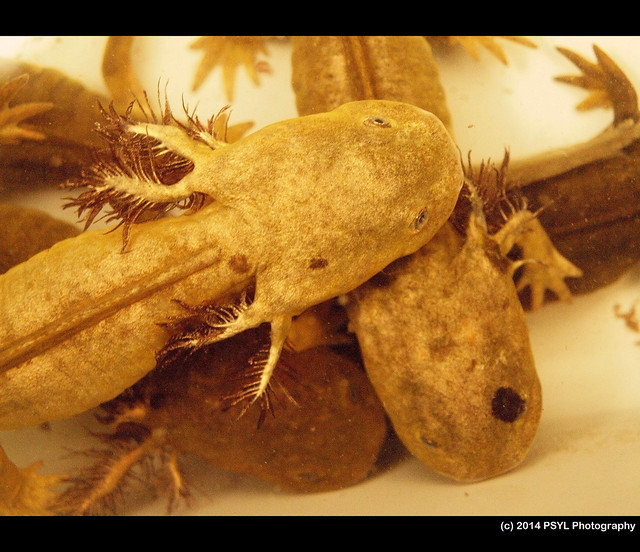
Paedomorphs
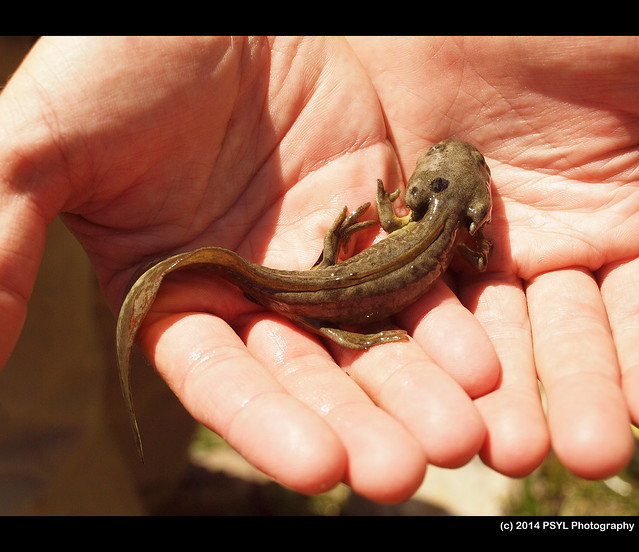
Metamorph
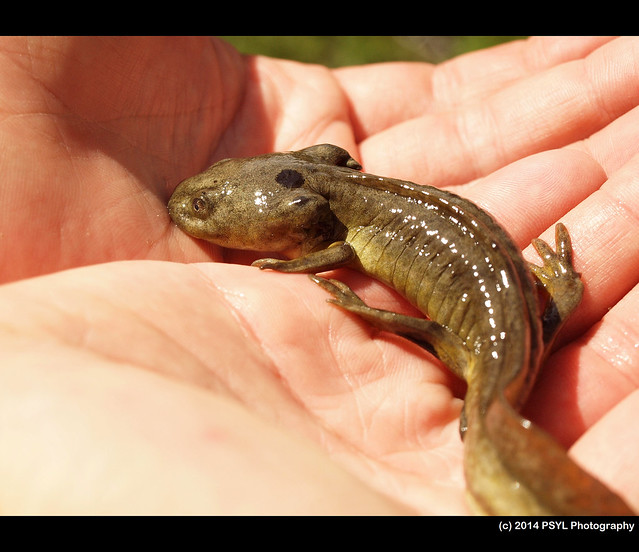
What an amazing creature!
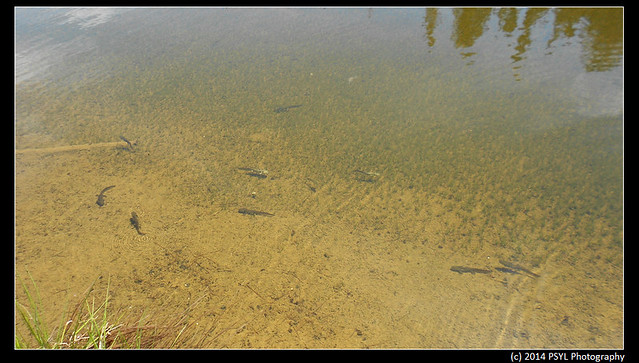

Most salamanders are beyond the reach of the nets, and some quickly swim away from their hiding spots when they sense us stepping onto the edge of the pond. But then some could care less and could be captured more easily.

Some of the 179 individuals that were already processed, e.g., various morphological measurements and/or pit-tagging.

The species itself is very interesting because the adults are dimorphic depending on the environmental conditions that they experienced as a larva; therefore, some adults retain gills at the adult stage (paedomorphs) versus others that completely metamorphosed into adults suitable for terrestrial environments (metamorphs).

Paedomorphs

Metamorph

What an amazing creature!

Releasing the salamanders back into the pond after processing them.
Definitely one of the best days of the summer!
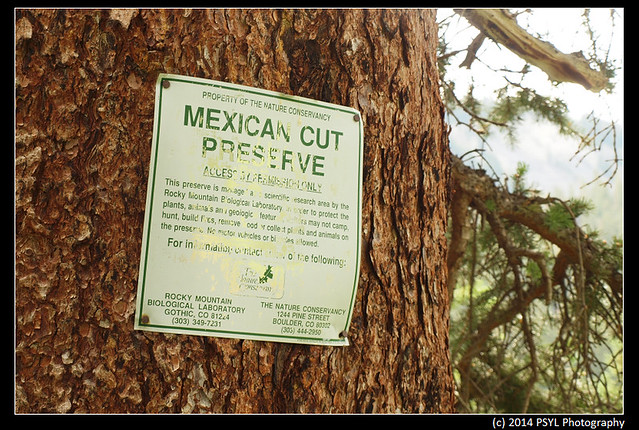
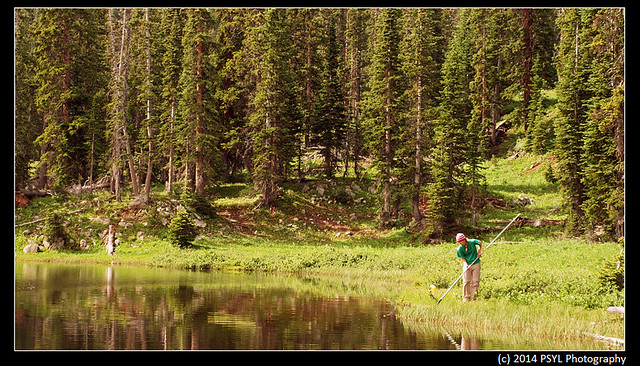
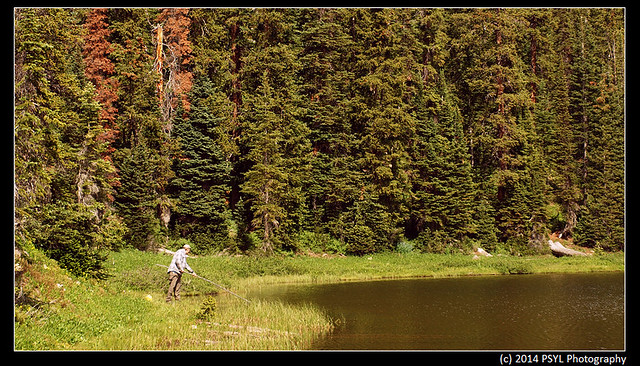
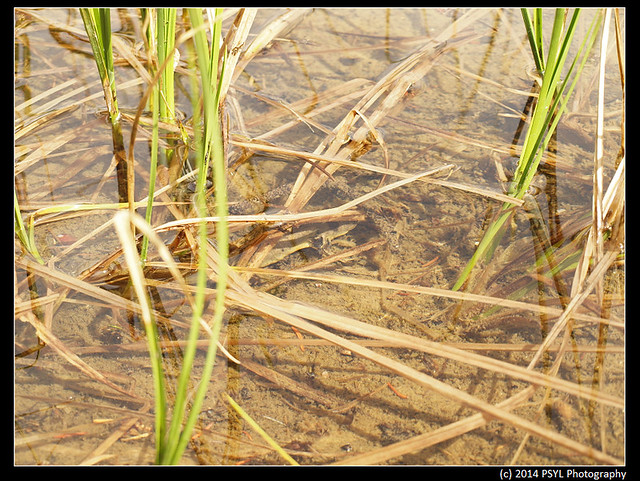
No comments:
Post a Comment